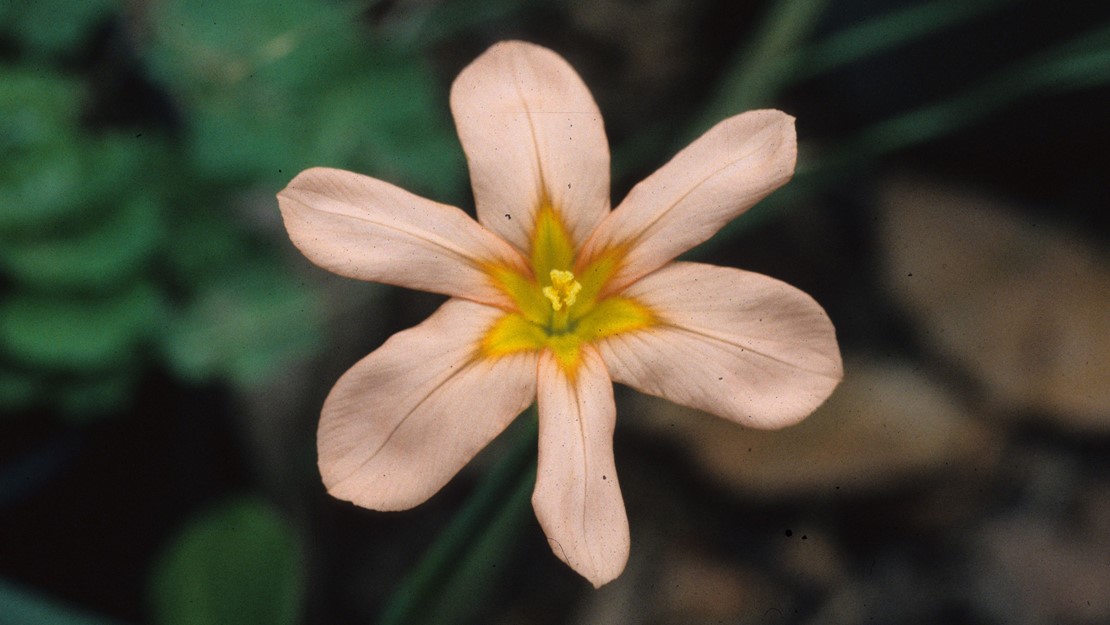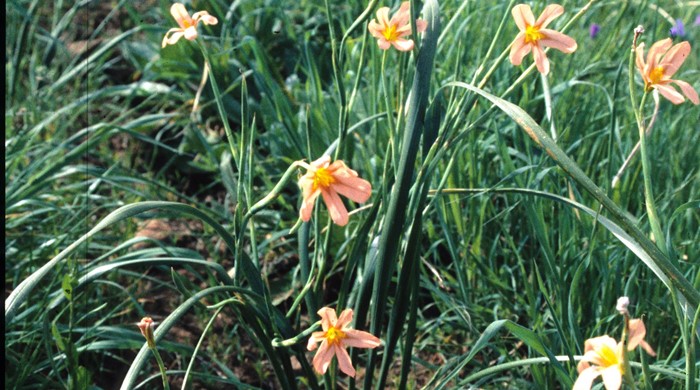Moraea flaccida
Cape tulip
Family: Iridaceae
Origin: South Africa

Regional Pest Management Plan (RPMP) status
- National Pest Plant Accord Species
- Notifiable organism
General description
Perennial herb < 90 cm tall. Corms are round, thick and fibrous. Stems are branched and sometimes zigzag-shaped. Leaves grow from stem bases and are tough, strap-like, erect and arching.
Flowers are orange/scarlet/pink with yellow at the base, funnel-shaped and borne in clusters in September – November. Seed capsules are < 5 cm long, narrow, cylindrical and green maturing to brown.
What you need to know
To help protect our environment:
- You must not breed, distribute, release or sell Cape tulip. As Cape tulip is a National Pest Plant Accord species, these restrictions apply within the Auckland region and across the whole of New Zealand.
If you see Cape tulip anywhere, you must report it to the Ministry of Primary Industries on 0800 80 99 66.
Habitats
Open areas, grasslands, pasture, wasteland, roadsides.
Dispersal
Seeds dispersed by gravity, wind, water and animals. Vegetative spread from corms. Human-mediated dispersal through dumping of garden waste and movement of contaminated soil, vehicles, livestock and machinery.
Impact on environment
Can form dense infestations, suppressing native regeneration. Toxic to humans and livestock.
Control
Recommended approaches
Do not attempt to undertake control of this species. The Ministry of Primary Industries will carry out the control of this species.
Caution: When using any herbicide or pesticide please read the label thoroughly to ensure that all instructions and safety requirements are followed.




